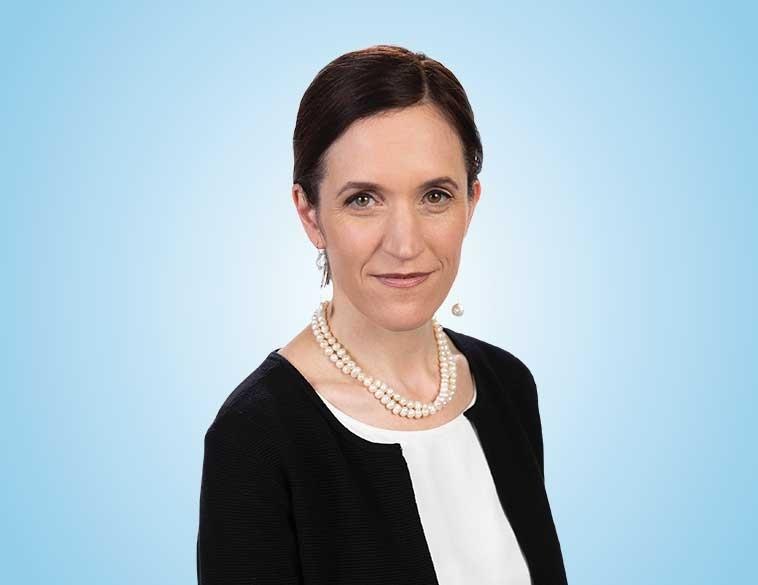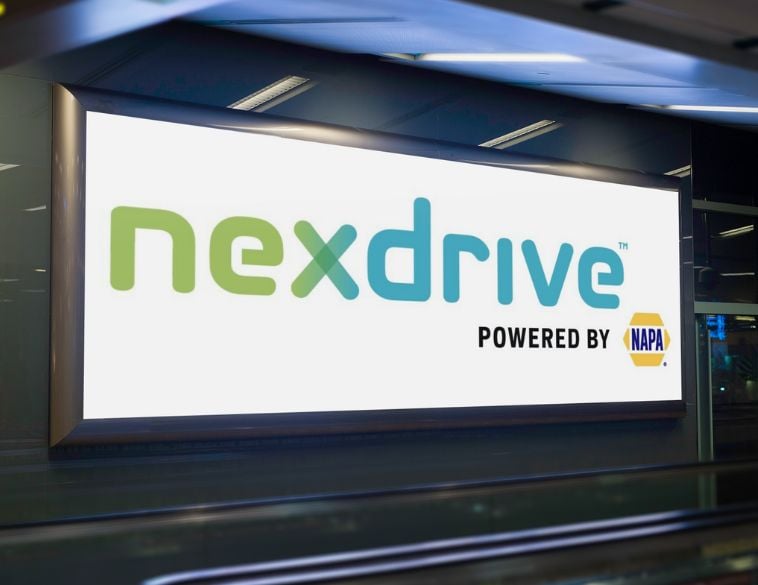Expect economic improvement by the middle of 2023.
It wasn’t an easy year in 2022, but now as a new year dawns, we believe we may be seeing the beginning of the end. We still have some rough road ahead, but by the middle of 2023 we expect things to improve.
We are looking at “3 Ps”—pause, pivot, and patience—as the Bank of Canada sets interest rates in relation to what’s happening in the economy.
Interest rates may have peaked
The Bank took interest rates to 4. 505% in January 2023; and has signaled a pause (though it hasn’t completely closed the door to more). We at Scotiabank think the Bank is done. Rising rates are intended to dampen the cost of interest-sensitive purchases such as houses or automobiles, where people typically have to borrow to buy. We’re seeing housing prices across Canada making substantial corrections, meaning the government tools are working as intended.
Furthermore, we know that there’s always a lag for other sectors to respond. We still expect more dampening to come and the Bank knows that, and that’s why we think it is pausing to let that 4.50% soak in.
Economic activity reignites
That means we expect the Bank will pause at that rate for the first half of 2023, and then pivot towards the end of 2023 when it sees that lag effect and the collateral damage on spending. From that pivot, rates will go down and reignite activity in the economy.
The patience part is that inflation will come down also, but it will be a multi-year process. It will average 4% in 2023, and only in 2024 will we see the 2% the Bank of Canada has targeted. The pivot will be the beginning of the journey, but it won’t be exactly like flipping a switch.
We were barely above 1.5 million vehicles for 2022, and we have penciled in a forecast of 1.65 million vehicles for 2023. We’re still looking at the “supply story,” both here and in the U.S., where limited inventory has been holding back sales.
Consumers will buy what they want, not just what they can get. With expectations of softening prices, cheaper financing, and clearing recession clouds, more potential buyers should be back in the market over this horizon.
Positive for dealers
In some ways, this could eventually be positive for dealers. We believe we’re looking at what’s known as a “technical” recession in early 2023, where you have two quarters of modestly negative growth, but you still have people employed. It’s not the prolonged, pervasive, deep-and-dark situation that you see in a true recession.
That’s a big distinction for dealers, because we’ll have a full three years where consumers haven’t been able to buy vehicles. Dealers are making most of their money on service and accessories as consumers try to keep their aging cars going. But they don’t buy vehicles when economic uncertainty and interest rates are high, and when those improve, they buy the vehicles they want, not just what’s cheapest and available. We’re seeing the light at the end of the tunnel and as it gets closer, it’s bringing auto purchases with it.



